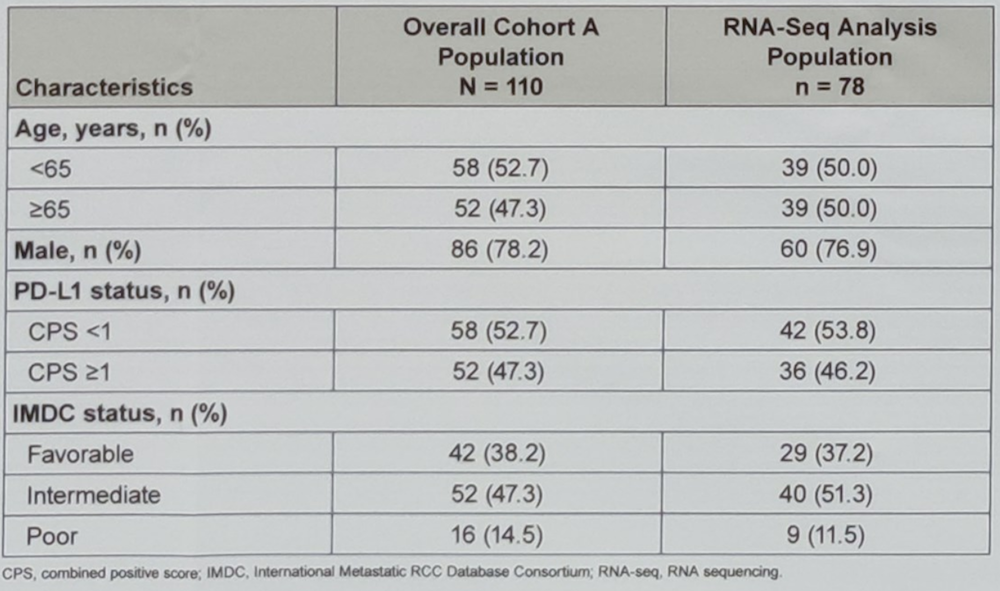Prior studies have documented underutilization of curative therapies, particularly NAC. Though, it has also been shown that RC is often underutilized. In this study, the authors utilize yet another population-level database to examine the trends of treatment utilization for localized MIBC (cT2-4 N0M0). Yet, interestingly, they considered the following three treatments as curative – RC, partial cystectomy (PC) and chemoradiation (CR). However, guideline recommendations would not support this – RC is the standard of care, while PC is only recommended in certain situations (bladder adenocarcinoma, urachal tumor); while the evidence for CR is growing, until now CR has traditionally been reserved for patients too sick for RC, and often is not the same regimen as current curative CR regimens. Hence, large datasets such as the NCDB often misclassify CR – it is usually not with curative intent.
Regardless, they utilized the National Cancer Database (NCDB) to address the epidemiology of current treatment for these patients. NCDB is limited to overall survival as an outcome, as cancer-specific survival outcomes are not available – as you can imagine, in a retrospective series, this poses some serious problems in terms of comparing outcomes.
They included 43,152 patients with localized MIBC (cT2-4N0M0) and only 22,545 (52.3%) received definitive local treatment. This further corroborates prior studies document undertreatment of this disease. This includes 17,157 (39.8%) who underwent RC, 1031 (2.4%) treated with PC, and 4357 (10.1%) who received CR.
In contrast to those 3 definitive local therapies, 4541 (10.5%) received chemotherapy alone, 2366 (5.5%) received radiation alone, and 13,700 (31.7%) received no/other treatment. This highlights the high variability with which chemotherapy and radiotherapy are used in the community – often with palliative intent rather than curative intent.
Other baseline characteristics are summarize below:

They did note an increase in the proportion of patients with MIBC who were treated with RC over time, from 33.1% in 2006 to 41.1% in 2014 (p<0.001), with a concurrent decrease in the proportion of patients receiving chemotherapy alone and those receiving no/other treatments. This is reassuring and may reflect a higher proportion of patients tolerating chemotherapy and moving to RC.
Overall, there was an increase in use of definitive therapy / curative therapy – 46% to 54% in this time period. On multivariable analysis, factors associated with lower use of definitive local treatment included older age, female sex, increased number of comorbidities, cT4 stage (vs. cT2), African American race, no insurance or non-government insurance, and treatment at a non-academic facility (all p<0.01).
- cT3 disease was associated with a higher rate of receiving definitive therapy
- They are able to, but have not yet, looked at regional variations
Presented by: Ross Mason, MD, Mayo Clinic, Rochester, MN
Coauthors: Jon Duplisea, Bimal Bhindi, Matthew K. Tollefson, Houston Thompson, Jeffrey Karnes, Igor Frank, Colin P. Dinney, Stephen A. Boorjian
Written by: Thenappan Chandrasekar, MD, Clinical Fellow, University of Toronto, Twitter: @tchandra_uromd at the 73rd Canadian Urological Association Annual Meeting - June 23 - 26, 2018 - Halifax, Nova Scotia